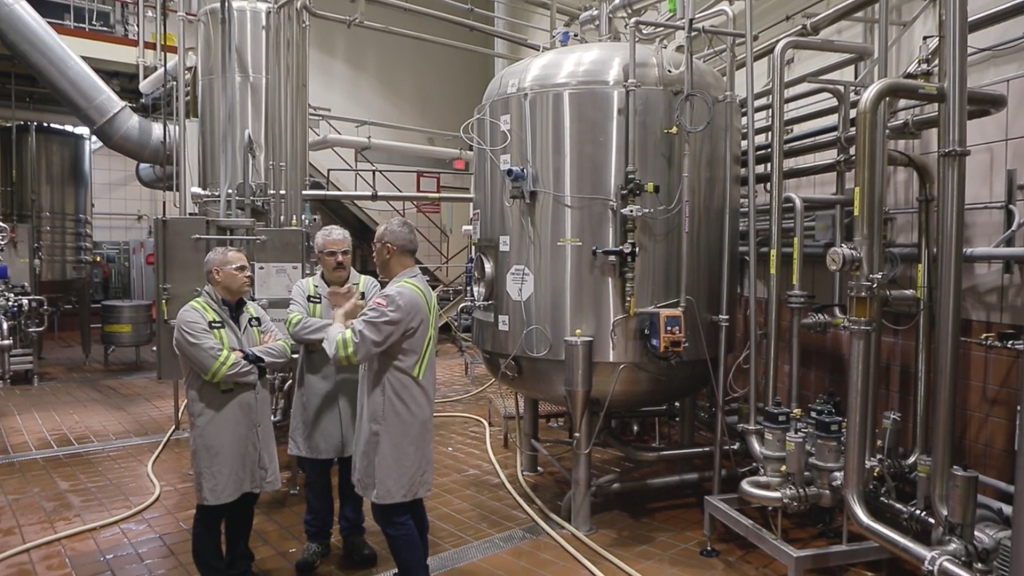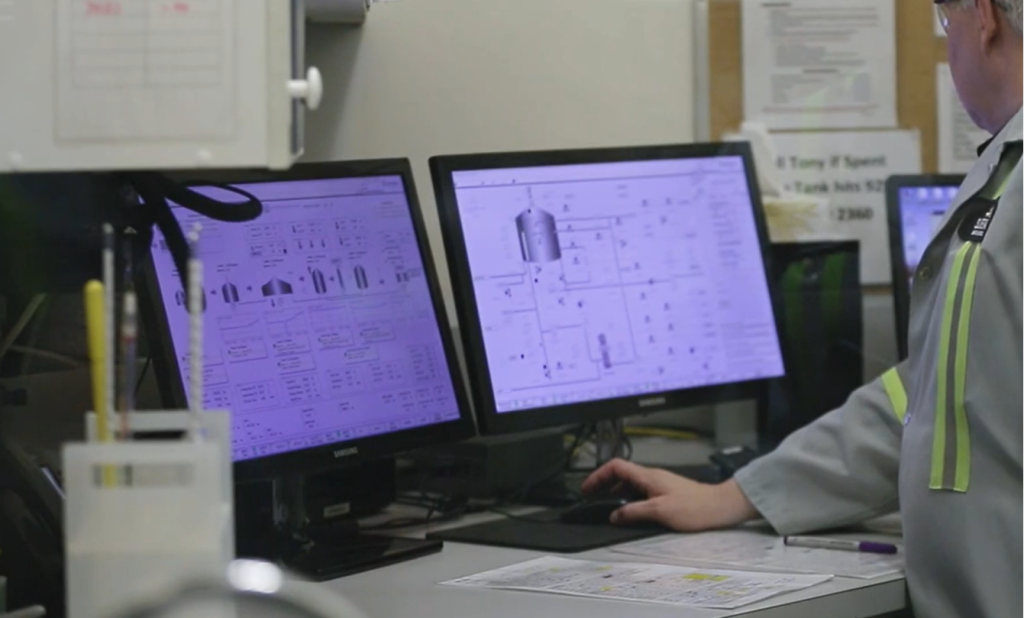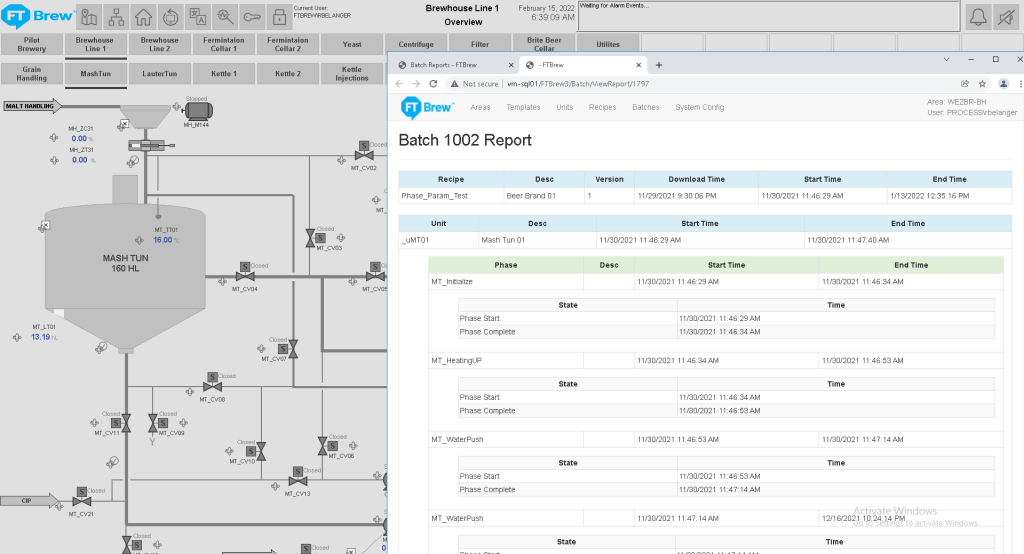
Smooth operator: achieve optimal control with enhanced sequencing software
Operational optimization in food and beverage (F&B) and brewing production environments bring many challenges, which can be solved with innovative production controls and automation.
May 4, 2022 | By Rheal Belanger
 Photo Actemium Toronto
Photo Actemium Toronto 
Photo Actemium Toronto
A key focus for project managers, brewmasters, operations and engineering management is keeping up with the constant transformation. The need to reinvent and adapt is essential in the context of where manufacturing is today: blurred product lines between manufacturers, changing workforce, health and safety, greater B2B and B2C demands, inventory and supply chain issues, more technology adoption and innovation. Keeping this in mind, production is looking for assistance from automation suppliers to provide enablement and advancement to meet the demands of the market.
In addition to the macro requirement of satisfying the expectations of the sophisticated and educated customer, F&B and brewing need to control costs and meet product yield and quality demands. There are cutting-edge software solutions available, that empower production and deliver results such as cost savings, quality improvement, waste reduction and an increase in manufacturing throughput.

Photo Actemium Toronto
A 2021 F&B plant survey commissioned by the American Institute of Baking, showed that at least 78 per cent of executives were actively preparing for the next global pandemic, because they expect to see another one within the next decade. Two essential crisis preparation methods they will be implementing, as per Euromonitor International, is reshaping their digital strategies and greater investments in production automation tools.
New automation and digitization give control to the operator
In most instances, industrial process and packaging equipment relies on the information located within a programmable logic controller (PLC) for their operation. The basis of the automation resides within the PLC, and if something breaks or there’s an issue, the operator needs to call maintenance to address the problem. The consequences of relying on such systems are lost production time, resource utilization and material losses that can lead to market shortage. These issues should be quite limited; however, what is more often the case is when a production manager needs to optimize a sequence, they require a maintenance electrician to do so.
With enhanced sequencing software, this process to modify/changing data within the PLC is eliminated and the operator is provided full control via a web interface that can be accessed anywhere using their mobile device or desktop computer. This interface also provides enhanced visualization of their process on-the-spot and in real time.
Euromonitor’s Voice of the Industry COVID-19 Survey, conducted in October 2020, indicates 25 per cent of manufacturing companies plan to increase investments in automation tools. Investments in manufacturing automation are expected to accelerate from now until 2025. For example, a client in the consumer-packaged goods industry is launching a greenfield project. They intend to equip their new facility with an innovative software solution that places real system control – in the hands of their operations staff. They want something customized but can also support their future technology and automation requirements.

Photo Actemium Toronto
There are many moving parts in this type of open application. It’s flexible enough to address the varying needs of the customer at each plant but standardized to the point where staff at various production sites can share knowledge and support one another. In the case of the consumer-packaged client, we pre-configured and tested the solution in-house to ensure a rapid installation and keep the capital expenditure to a minimum. The exception-based reporting analytics are available in real-time. In fact, the system sends email alerts directly to the operator when a process deviation occurs allowing them to remain informed. Enhanced operator troubleshooting tools, allow problems to be readily identified and addressed in short order.
Measuring success
The digital transformation of production in this new era means that equipment, processes, and upgrades are never finite. Changes are essential to keep the operation up and running at maximum efficiency and minimal losses. The power of intelligent sequencing allows F&B producers to keep up with the demand, by optimizing the flow of material to maximize throughput and take advantage of every bit of the capacity that has already been invested in.
There are many ways to evaluate the success of sequencing software. Consider your goals, aside from taking less time and resources, did it lead to:
More production per day; less waste; better consistency; improved quality; lower installation costs; faster implementation; greater process analytics; closer fit for size; and, elimination of ongoing support costs.
Improvements in any of these areas can offer production continuity to meet consumer demand. However, during this time of constant upheaval, it’s essential that production facilities work with automation technology and software partners who offer solutions that are scalable. Solutions that will grow with company manufacturing activities and that offer full support throughout and beyond any upgrade, improvement, or optimization project lifecycle. F&B
_____________________
Rheal Belanger is the Client Manager with Actemium Toronto. He has been working in the food beverage and brewing sectors providing automation solutions for over 20 years. He can be reached at Rheal.Belanger@Actemium.com.
